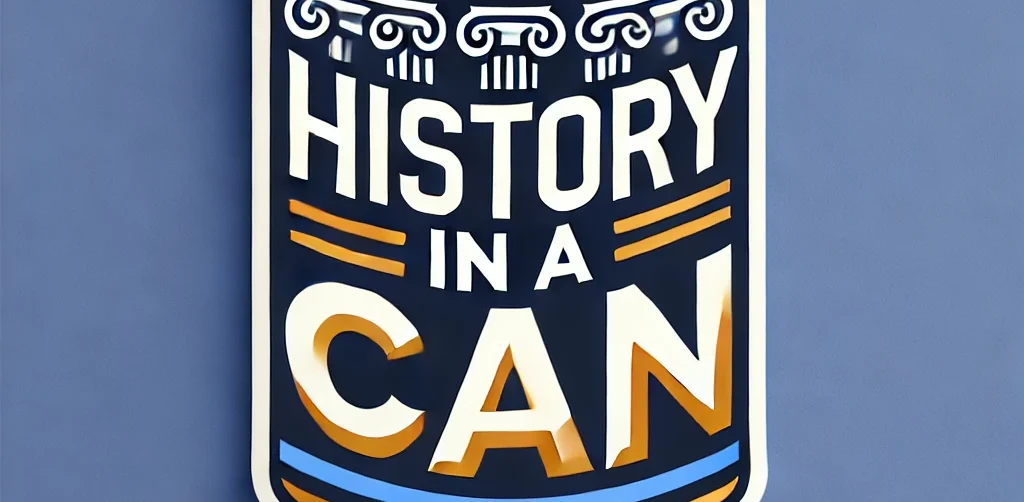Ancient Egypt was rich in natural resources, which played an essential role in the civilization’s development, economy, and cultural achievements. From gold and precious stones to the fertile soil of the Nile River, these resources not only contributed to Egypt’s prosperity but also influenced its architecture, art, and religious practices.
Let’s explore the most important natural resources of Ancient Egypt and their uses.
Key Natural Resources in Ancient Egypt
- Gold and Precious Stones: Used extensively in jewelry, temple decorations, and the burial ceremonies of pharaohs.
- Copper and Lead: Essential for tools, weapons, and statues.
- Limestone and Flint: Used in the construction of pyramids and other monumental structures.
- Papyrus: Harvested from the Nile’s banks for making paper, boats, and ropes.
- Fertile Soil from the Nile River: Allowed for abundant agricultural output, supporting the economy.
16 Natural Resources of Ancient Egypt
| Natural Resource | Description |
|---|---|
| Gold | Highly prized for jewelry, decorations, and burial treasures, especially for pharaohs. |
| Granite | Used in constructing pyramids, temples, and statues due to its durability. |
| Limestone | A critical material for building pyramids, tombs, and sculptures. |
| Copper | Used to create tools, weaponry, and jewelry. |
| Papyrus | Grew along the Nile and was used to make paper, ropes, and boats. |
| Flax | Cultivated to produce linen, which was essential for clothing. |
| Barley | An important crop used for bread and brewing beer. |
| Salt | Used for preserving food, making glass, and mummification. |
| Clay | Used in pottery and construction of bricks for homes. |
| Gems | Precious stones like lapis lazuli and turquoise were used for jewelry. |
| Natron (Soda Ash) | Used in mummification, glassmaking, and cleansing rituals. |
| Lead | Used in cosmetics and paint production. |
| Silver | Rare and highly valued, primarily for jewelry. |
| Ebony and Ivory | Imported and used for decorative purposes and in furniture. |
| Fish | An important source of food from the Nile. |
| Fruits & Vegetables | Cultivated along the Nile, providing major food sources. |
The Role of Natural Resources in Ancient Egypt
Fertile Soil and Agriculture
The Nile River provided fertile soil through its annual floods, making Egypt one of the most agriculturally productive civilizations in the ancient world. The primary crops grown were wheat, barley, and flax, which were essential for producing bread, beer, and textiles. The Egyptians developed advanced irrigation systems to maximize the river’s potential, ensuring a steady food supply and economic stability.
Gold and Precious Metals
Gold was the symbol of divine power and eternity in ancient Egypt, often referred to as the “skin of the gods.” Mined from Nubia and the Eastern Desert, it was crafted into jewelry, funeral masks, and decorative items for tombs and temples. Silver, while rarer, was equally coveted for its use in jewelry and ornamental objects.
Copper and Stone for Tools and Construction
Copper, mined in the Sinai Peninsula, was essential for making tools, weapons, and artifacts. It was also used for creating statues and religious items. Granite and limestone were quarried and used to build Egypt’s most iconic monuments, including the Great Pyramids and temples. The durability of these materials allowed Egyptian architecture to stand the test of time.
Papyrus and Writing
Papyrus reeds, found along the Nile, were processed to create the first form of paper, making Egypt a hub for written records, such as administrative documents, religious texts, and literature. This innovation revolutionized communication and record-keeping.
Egypt’s Geographic Advantage
The Nile River
The Nile River was the lifeblood of Egypt. Its predictable flooding patterns deposited nutrient-rich silt along its banks, creating an agricultural bounty. Beyond agriculture, the Nile was also a trade and transportation route, connecting Egypt internally and with neighboring regions. Goods such as grain, gold, and papyrus were traded along the Nile, supporting Egypt’s economy.
Desert Barriers
Surrounded by deserts, including the Sahara to the west, Egypt was naturally protected from invasions. These deserts also contributed valuable minerals like natron and copper. The isolation allowed Egyptian culture to flourish with minimal external interference.
Egypt’s Abundant Minerals
- Gold was abundant in Nubia and was used for religious and royal purposes.
- Lapis Lazuli, imported from Afghanistan, was highly valued for its deep blue color and used in jewelry and amulets.
- Turquoise, found in the Sinai Peninsula, was considered a protective stone, often used in tomb decorations.
Agricultural Wealth of the Nile Valley
Key Crops
- Wheat and barley were staple crops, essential for making bread and beer.
- Flax was grown for making linen, a vital textile in Egyptian clothing and industry.
- Fruits like grapes, figs, dates, and vegetables such as onions and lettuce were cultivated to supplement the Egyptian diet.
Innovative Farming Techniques
Egyptians mastered irrigation systems to control the Nile’s waters, ensuring year-round crop production. The fertility of the Nile Valley allowed them to cultivate not only for subsistence but also for trade.
Conclusion: A Civilization Built on Natural Resources
The wealth of natural resources available in ancient Egypt played an integral role in the civilization’s enduring legacy. From the golden treasures of the pharaohs to the fertile soil of the Nile, these resources fostered Egypt’s cultural, economic, and architectural achievements. The strategic exploitation of these resources enabled the construction of monumental structures, the flourishing of agriculture, and the development of art, religion, and governance.
Ancient Egypt’s innovative use of its resources not only ensured its survival but also helped it thrive for thousands of years, leaving behind a legacy that continues to fascinate the world today.
